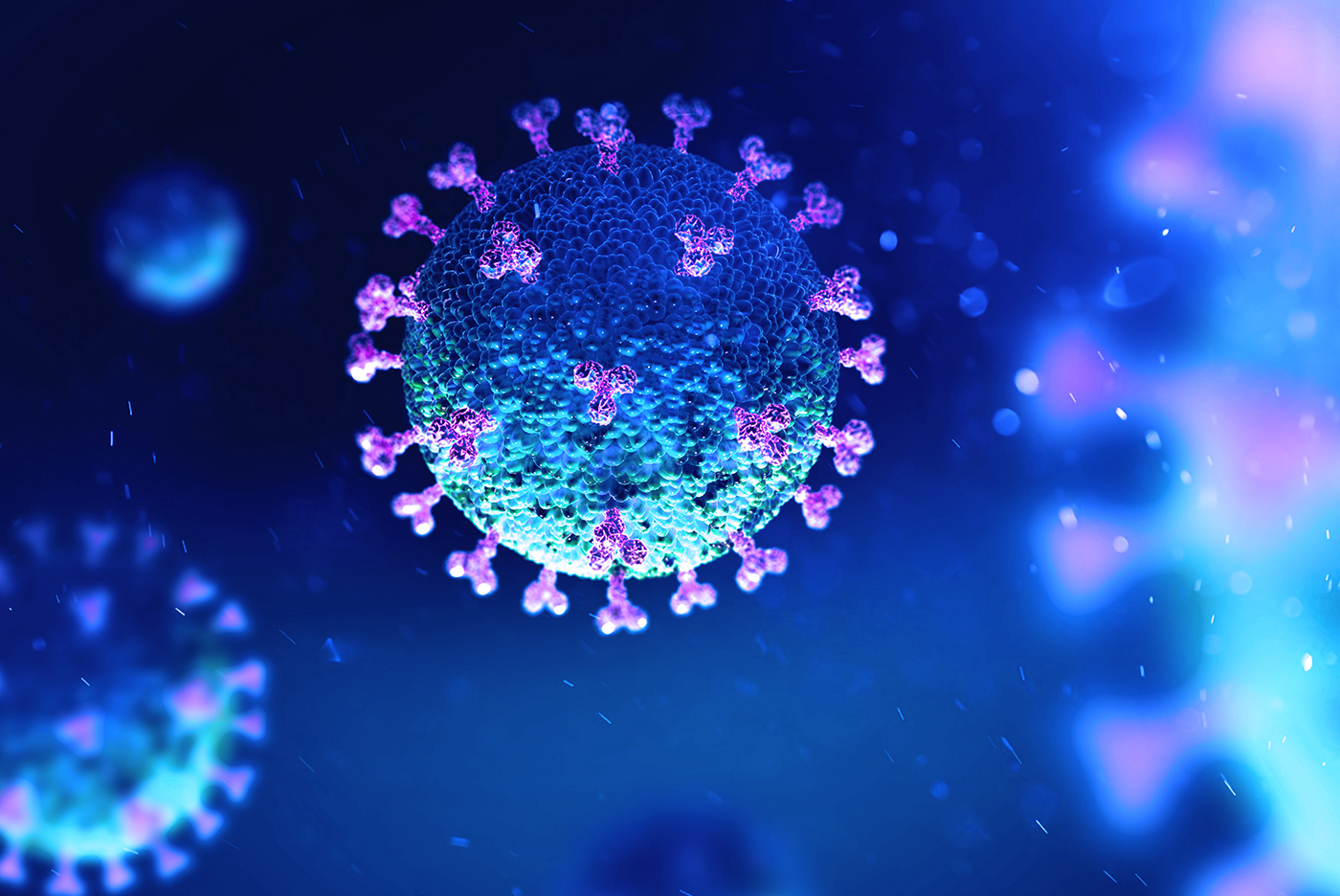What does the phrase “Kills 99.9% of Germs” REALLY mean?
Frankly, not much.
This type of statement and other similar ones that are used in the marketing of many common disinfectants can be misleading and potentially dangerous if it is the primary reason you are choosing a particular product.
Imagine you are concerned about the flu virus and you want to use a disinfectant that will be effective against all of this year’s Influenza types and strains. If a disinfectant claims that it will kill 99.9% of germs, it should kill 99.9% of the flu germs on a given surface, right? And, if killing 99.9% of germs is good, then a product that says it will kill 99.99% of germs should work even better, right?
WRONG. On both questions.
Some of the most popular disinfectants sold everywhere are effective on only a small number of pathogens. Many of these products have marketing statements that say the product “kills 99.9% of germs*.” However, somewhere on the container in small print is the list of germs it actually kills, and this list of germs may or may not include some or all of the Influenza viruses.
A quick look at the label of many popular products reveals some interesting facts found in the large print of marketing and the small print of reality. As a general rule of thumb, if you see an asterisk on a label then the marketing claims need a closer examination.
| Label Marketing Claim | Label Reality |
| Kills 99.9% of germs* | Product may kill only a small handful of different strains or types of germs, sometimes as few as only 3-4 pathogens |
| Kills in 30 seconds* | Not every organism claimed on the label is killed in 30 seconds. This statement is an especially misleading claim. Usually, it is only 1 or 2 organisms that are killed in 30 seconds. The remainder of germs claimed may take a full 5 or 10 minutes of contact time. |
The Truth About 99.9%
When a marketing claim of “kills 99.9% of germs” is used, it may or may not kill the specific variety of bacteria or pathogen you need killed. By law, disinfectants must list the microorganisms which a product has been tested for and found to be effective against on their label, as well as proper dilution and directions for use. Check the label for the specific pathogens you need protection from.
Then what is 90%, 99.9%, 99.99%, 99.999%….
Disinfection professional today are generally concerned with what percentage of a given germ is killed by a particular process or disinfectant. The highest percentage that is generally used is 99.9999%.
So how are log rates calculated? Scientists use a logarithmic scale. Log reduction stands for a 10-fold (or one decimal point) reduction in bacteria, meaning the disinfectant reduces the number of live bacteria by 90 percent for every step.
To help understand the value of each additional “log”, let’s do the math for a small colony of a million MRSA bacteria under the edge of a patient’s table in a hospital:
- A 1-log kill reduces the colony to 100,000 MRSA bacteria after a 90% reduction;
- A 2-log kill reduces the colony to 10,000 bacteria after a 99% reduction;
- A 3-log kill reduces the colony to 1,000 bacteria after a 99.9% reduction;
- A 4-log kill reduces the colony to 100 bacteria after a 99.99% reduction;
- A 5-log kill reduces the colony to 10 bacteria after a 99.999% reduction;
- A 6-log kill reduces the colony to 1 MRSA bacterium after a 99.9999% reduction (Usually a sterilization method or procedure)
Umonium®38 achieves up to 5 log reduction or kills up to 99.999% of germs and bacteria
Umonium®38 kills small non-enveloped which are the hardest to kill
What type of virus is COVID-19?
Viruses can be generally categorized into three groups by virus structure. This affects the effectiveness of disinfectants in killing the viruses.
- Enveloped viruses are easiest to kill. (An example is Influenza A Virus and COVID-19.)
- Large, non-enveloped viruses are more difficult to kill. (An example is Poliovirus.)
- Small, non-enveloped viruses are hardest to kill. (Examples are Rhinovirus and Norovirus.)
Coronaviruses are enveloped viruses, meaning they are one of the easiest types of viruses to kill with the appropriate disinfectant product.
Table of efficacy of Umonium Master Spray
| Standards | Target organisms | Contact time (min) | |
| EN 1040 | bacterial | S. aureus, P. aeruginosa | 5 |
| EN 1276 | S. aureus, P. aeruginosa, E. hirae, E. coli | ||
| EN 13697 | 15 | ||
| EN 1275 | Fungi | C. albicans | 10 |
| EN 1650 | |||
| EN 13697 | 15 | ||
| EN 14476 | Viruses | Adenovirus, Norovirus, Poliovirus, Coronavirus (COVID-19) | 1 |
| EN 14348 | Mycobacteria | M. avium, M. terrae | 10 |
| EN 14563 | 10 | ||



Post a Comment